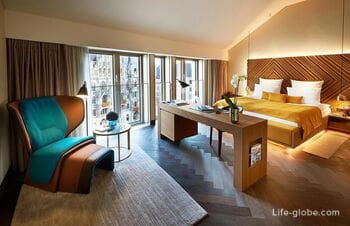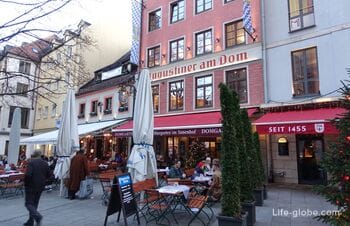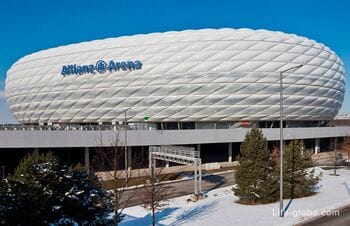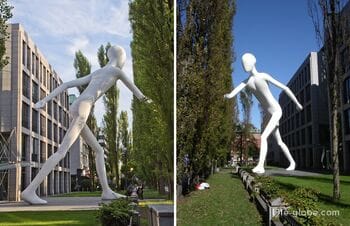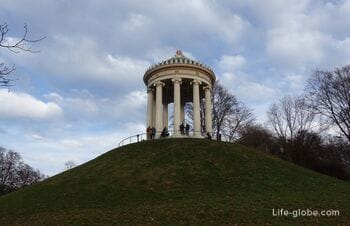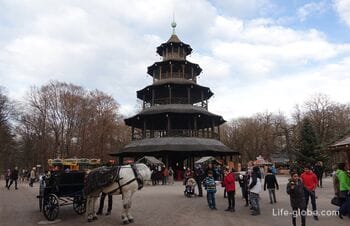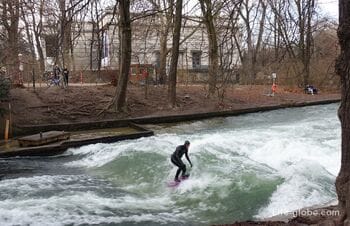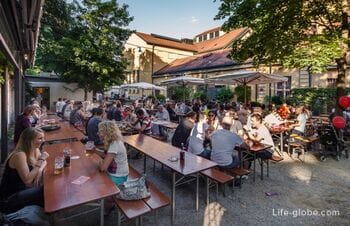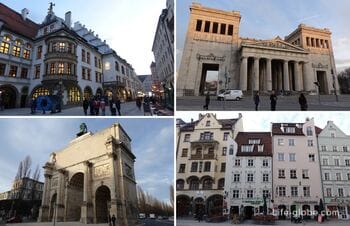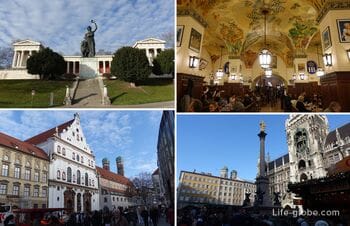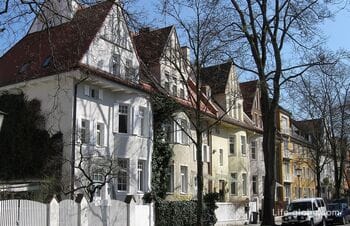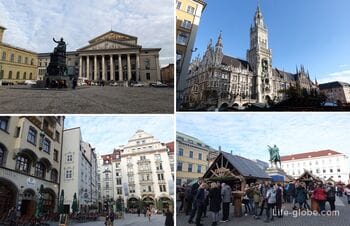The choice of accommodation in Munich is very diverse - from budget hotels to 5-star hotels located both in the city center and more remote from it.
The choice of accommodation in Munich will also depend on the rest.
Munich is a city in Germany, the capital of Bavaria.
The city has an eclectic mix of historical and modern architecture.
The center of Munich is its historical center-the Old Town.
This site has already published more than 140 articles with photos, which describe the city of Munich in detail and give practical information.
For ease of orientation and familiarization with information about Munich, all articles are divided into separate topics.
The Allianz Arena is a unique football temple, a real architectural work of art, a symbol of Munich and the home of FC Bayern, which attracts tourists from all over the world 365 days a year.
The Viktualienmarkt is a permanent food market in the center of Munich, which, in addition to the market, is also a public meeting and recreation place.
The sculpture "Walking Man" is a huge sculpture located in Munich.
The sculpture is 17 meters (56 feet) tall and weighs 16 tons (35,000 pounds).
Monopter is a Greek-style rotunda located on a hill in the English Garden in Munich.
The name "Monopter", the pavilion received for almost exact reproduction of the architectural form of the Greek monopter.
The Chinese Tower is a wooden folly structure in the Imperial Chinese style, located in the English Garden in Munich.
In Munich, there are several places for surfing that will not only make the hearts of experienced surfers beat faster, but also suitable for beginners.
Two surf spots are located in the heart of the city.
Traditional beer gardens are particularly characteristic in Bavaria.
In Munich, there are many restaurants and pubs that have beer gardens, from small ones-for a few tables, to those in which the number of seats reaches several thousand.
This article presents a list (with photos, descriptions and websites) of the main and most "bright" sights and museums of Munich, which are worth visiting first of all or if the city is not allocated so much time (1-2-3 days).
The city of Munich is rich in attractions, including: historical buildings, former residences of monarchs, churches, parks and squares, an abundance of museums and just interesting and beautiful places.
On Christmas and New Year's Eve, Munich hosts Christmas markets, which are becoming one of the most visited places in the city.
Thanks to the fairs, you can feel the approach of the main holidays of the year already a few weeks before the onset of such.
Neuhausen-Nymphenburg is a well - developed residential area of Munich, which includes: one of the most important and visited attractions of the city - the Nymphenburg Palace, and, as they say, the largest beer garden in the world.
The city of Munich is rich in various squares.
Many of Munich's squares, especially in the historic center, are popular tourist destinations.




